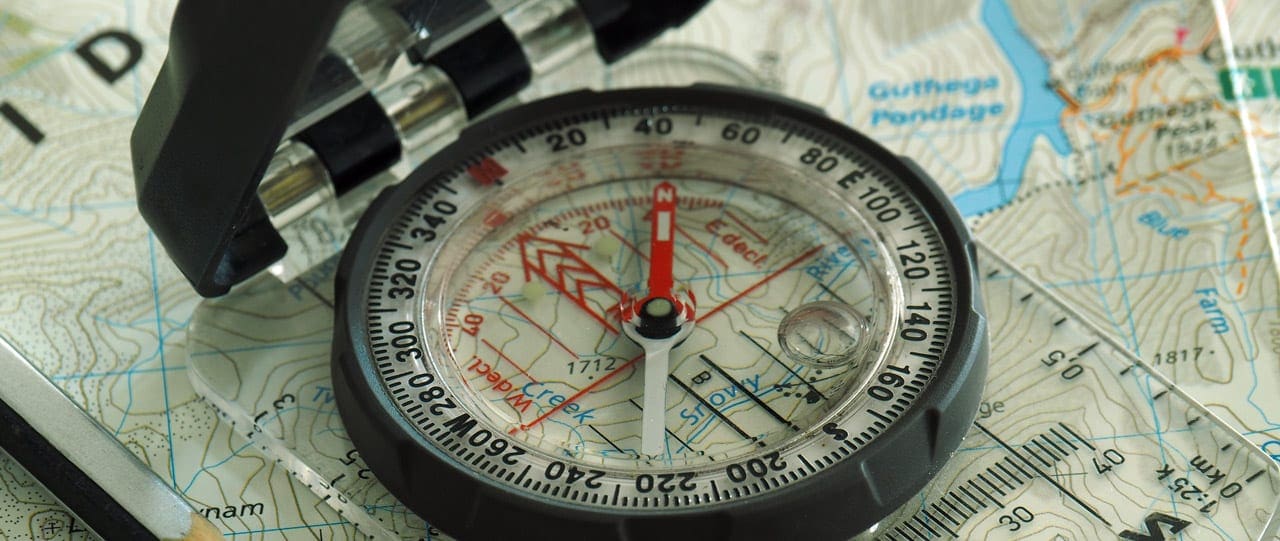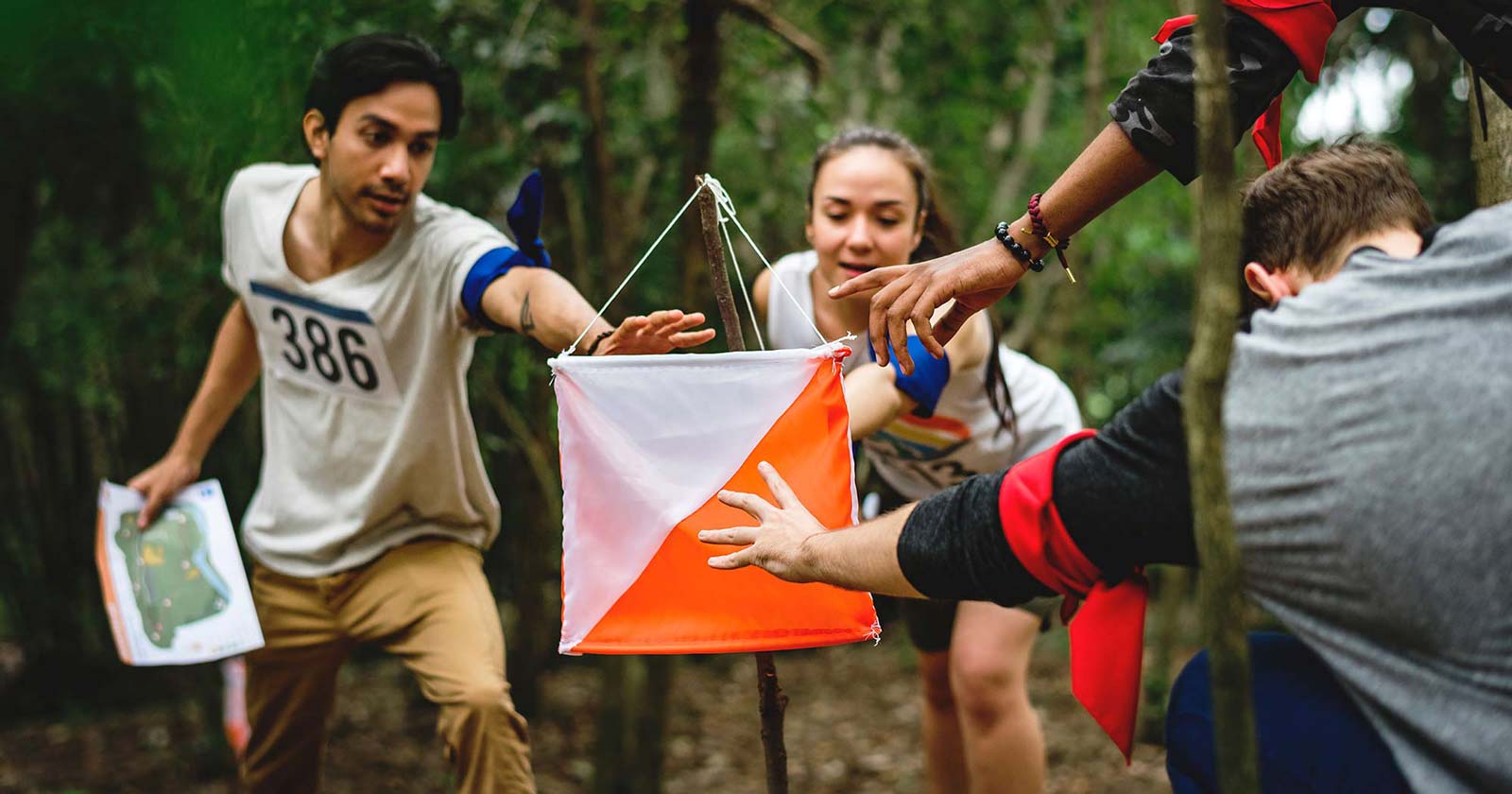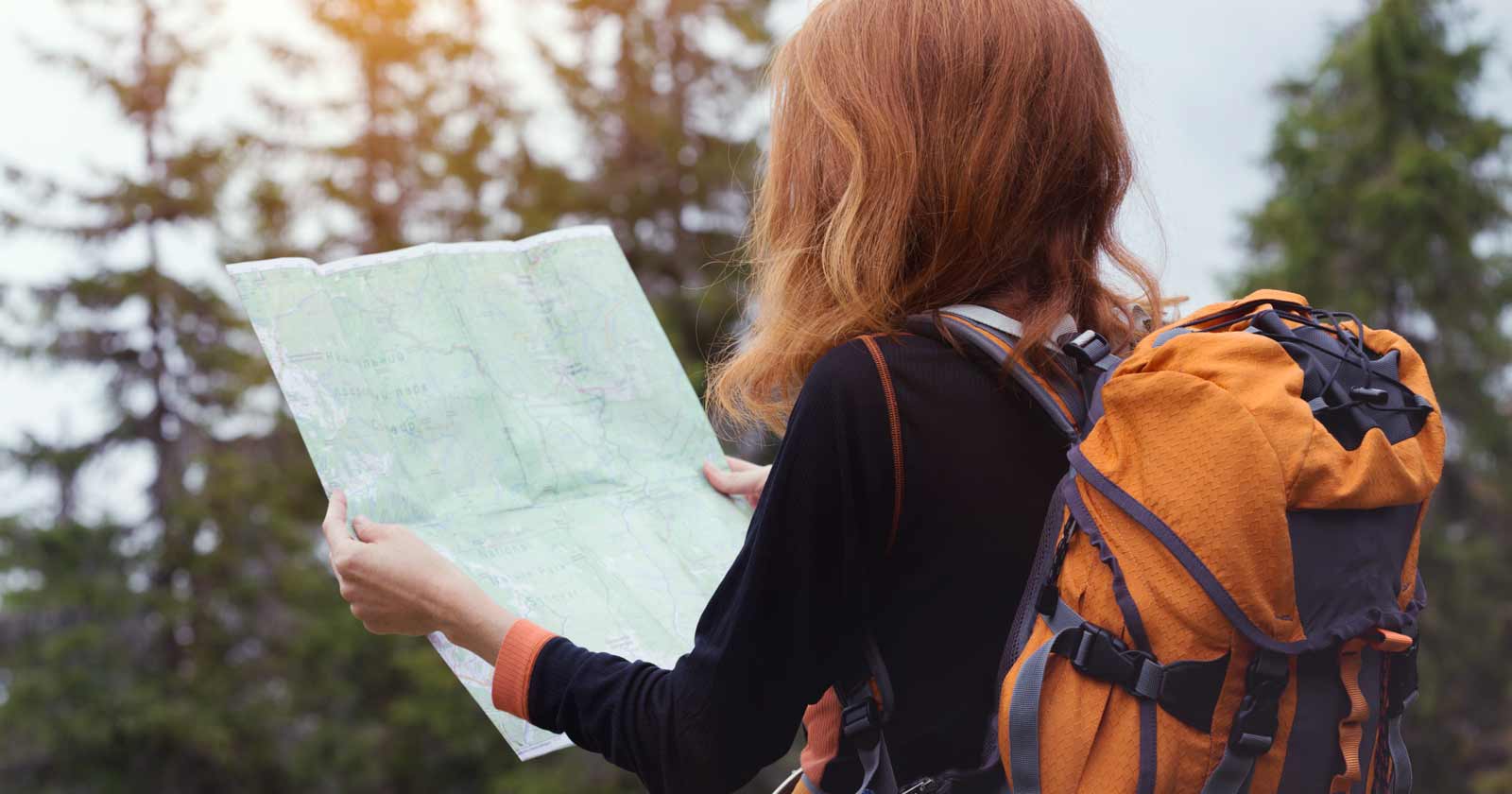Navigating your adventure
Navigating your wilderness journey isn’t just about reaching your destination. It’s about savoring the journey, confronting unexpected twists, and returning safely with a treasure trove of memories. This guide equips you with 16 insightful navigation tips, honed from countless hikes, to ensure your adventure is exhilarating, not perilous. From meticulously planning your route to harnessing the power of observation, I hope these tips will give you confidence to embrace the unknown and navigate your path like a seasoned explorer.
Plan your route: Before heading out, research and plan your hiking route using a reliable map or online route planning tool. Take into account the trail difficulty, distance, elevation changes, and estimated time of completion.
Check the conditions: Make sure to check weather conditions, trail closures, and let someone know your plans.
Carry a map and compass: Carry a detailed map of the area you’re hiking in, along with a compass. Learn how to use them beforehand and use them to navigate along the trail. Even if you rely on electronic devices, having a backup map and compass is crucial in case of technology failure. Trust your compass, especially at night.
Pay attention to landmarks: Keep an eye out for natural landmarks such as distinctive trees, rock formations, rivers, or peaks. These can serve as visual cues to help you navigate and stay on track.
Be aware of your surroundings: Continuously observe your surroundings and take note of any features that may help you navigate, such as the position of the sun, the direction of the wind, or the sound of flowing water. These clues can assist you in determining your location and direction.
Use a GPS device: If you are using a GPS device, make sure it’s fully charged and has accurate maps loaded. Use it in conjunction with other navigation methods, such as maps and compass, to double-check your location and direction.
Smartphone navigation: An increasing number of people are raising concerns over the reliance on phone apps (like AllTrails) for navigation. It’s wise not to solely rely on these and have a suitable backup such as map, compass or GPS. App like AllTrails contain community-sourced unverified trails and it doesn’t take much investigation to see that a lot of the trails are just plain wrong. Trail names, times, distances, degree of difficulty, you name it, there is plenty of misinformation that can lead you astray.
Stay on the trail: Stick to established trails and avoid taking shortcuts or deviating from the marked path. Going off-trail can easily lead to getting lost and can have a negative impact on the environment.
Hike with a buddy: Hiking with a partner is always a good idea for safety reasons. If one of you is familiar with navigation techniques, it can provide an extra layer of assurance and help keep you on track.
Be prepared for emergencies: Carry a whistle, flashlight, extra food, and water, as well as a first aid kit. In case of an emergency, having these essentials can help you stay safe until help arrives.
Hiking at night is slower: Take special care at dusk as many hikers get lost at this time, as they adjust to the change in available light, pace and visual references.
Be wary of animal trails: There are often unmarked tracks along spurs and gullies from animals passing through the area. Be wary of relying too heavily on animal tracks for navigation, as they may lead you astray.
Know your pace: Determine the number of steps it takes you to walk 100 metres along well defined tracks, through open bush, through dense scrub, and on hills. Use the varied pace to help measure distances on a map.
Use features as ‘attack’ points: Instead of trying to navigate directly to a checkpoint along a bearing over a long distance, navigate to a nearby feature, such as a knoll, and then navigate to the checkpoint. This reduces the chances for error when following bearings for long distances. Catching features such as roads are also useful. If you are aiming for a road or track junction, head for a point along a track a few hundreds metres from that junction then turn left or right to reach your destination.
Be aware of your location: Try to always be aware of your location and match the terrain to the map. This will ensure that you pick up any deviations from your route early.
Spurs or gullies, which are easier?: In most states of Australia, the density of the bush along spurs and ridgelines is generally more open and will allow you to move faster. Bush in gullies tends to be dense, with fallen trees, and possible creeks. You movement in gullies will generally be slower by comparison. If you are hiking in the NT, where the terrain is quite rocks and vegetation sparse, you are likely to experience the opposite and gullies will be a lot easier to traverse.
Key takeaways
- Thorough planning: Research your route, check conditions, and pack wisely.
- Master navigation: Utilise maps, compass, and even GPS responsibly, with a backup plan in mind.
- Stay on track: Respect established trails and rely on natural landmarks and your surroundings.
- Safety first: Hike with a buddy, carry emergency essentials, and adjust your pace for different terrains.
- Be mindful: Respect wildlife, track your position, and choose features as navigation points.
I hope this guide has equipped you with 16 essential tips to ensure your wilderness adventure is unforgettable and safe. Remember, the true magic lies not just in reaching the destination, but in embracing the unexpected twists and turns along the way.





